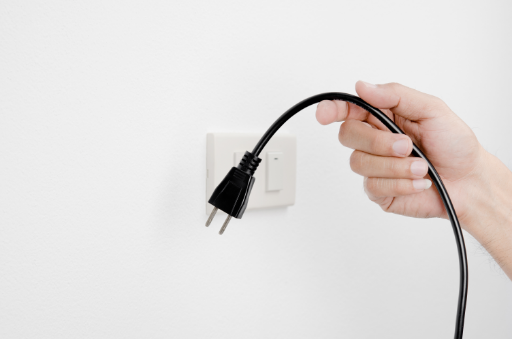
Ah, it’s summer; the season for those wonderful family reunions and BBQ fun. But when the bugs and heat drive everyone indoors, it’s time to close the windows and turn on the air conditioner. The family is having a good time, but you dread opening that next utility bill. How do you know which appliances and electronics are draining your power? And, what can you do about it? Here are some tips to discovering the drain on your electric bill.
DIY Solutions
Systematically turn off circuits at your electrical box while watching the effect on your meter, (wheel spinning in older models or changing digits in newer meters). After locating the circuit pulling the most power, unplug devices from that circuit to discover which appliance is guzzling electricity.
You can also use an ammeter, a device to measure electricity in amperes (Amps). To measure the usage on each circuit, you need to open up the electrical panel. Watts = Amps x Volts; Kilowatts = Watts/1000; Kilowatt-hours = Kilowatts x Hours Used. (Opening the electrical panel is dangerous. Unless you are a licensed electrician, consult a professional to take this approach.)
Look at the age of your appliances. If they are not ENERGY STAR® certified, consider trading those old appliances for new ones with the ENERGY STAR® rating. ENERGY STAR® certified appliances have passed strict EPA requirements for energy efficiency and environmental safety. Buying new appliances could plug the power drain.
Make appliances work smarter, not harder. Keeping furnace and air conditioning filters clean, installing programmable thermostats, and decreasing the temperature on your water heater are some of the ways you can increase the efficiency of your appliances and decrease the drain on power bills.
Monitoring Devices
Use a device that plugs into the same electrical outlet as one of your appliances. It will measure how much electricity that appliance is using. Or consider installing one of several devices available on the market that work with your meter to monitor usage in real time and even capture usage statistics.
How often do you use an appliance? Compare apples to apples by normalizing your one-time power readings over a specific period of time. For example, do you plan to run your clothes dryer for three hours per week and your air conditioning unit for several hours each day? Multiply the one-time reading by the appropriate usage hours to determine which appliance pulls more electricity each week.
By understanding what is draining your power and being proactive, you can enjoy hosting those family reunions and BBQ’s without dreading the impact on your electric bill.



